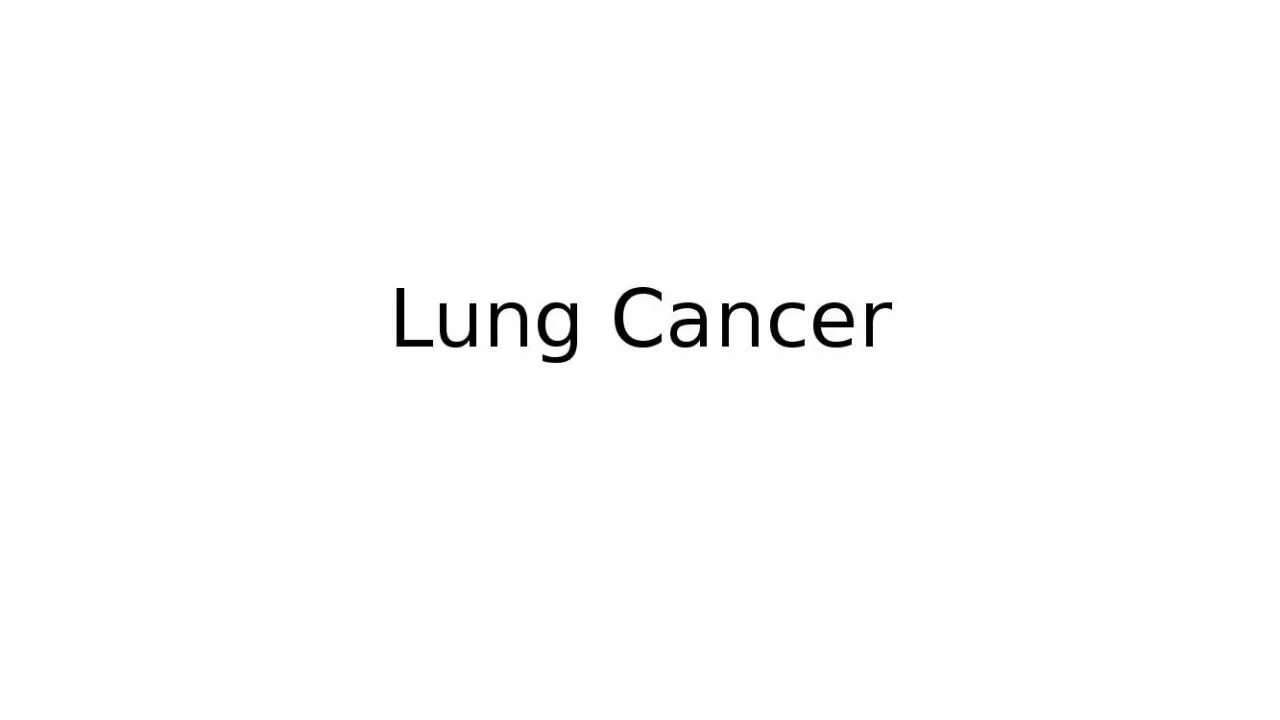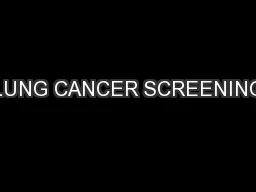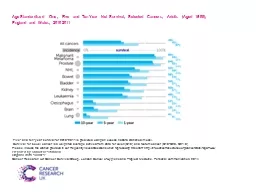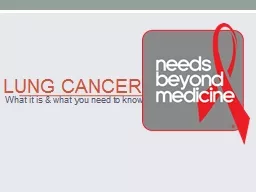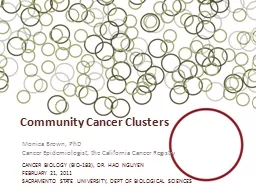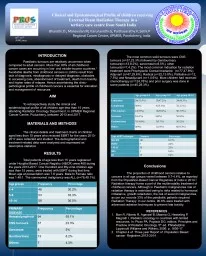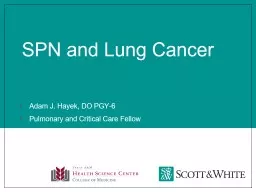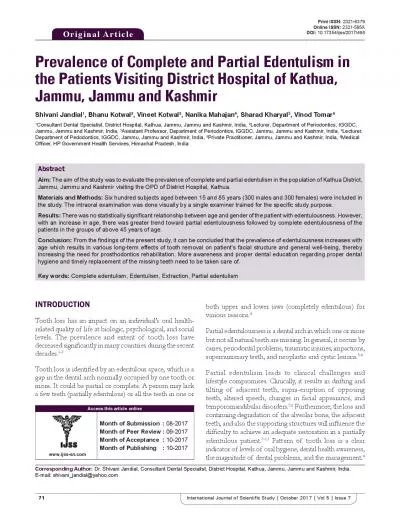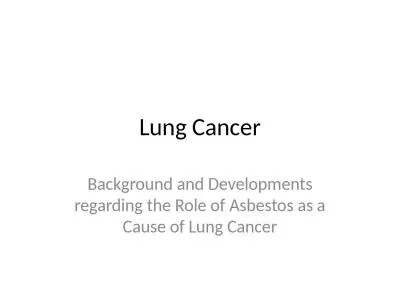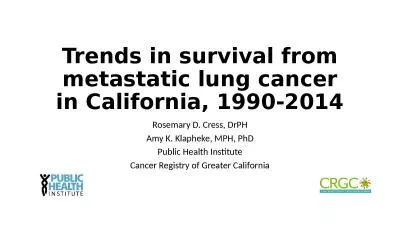PPT-Lung Cancer Age-Standardised Ten-Year Survival for Common Cancers in Males and Females,
Author : eddey | Published Date : 2022-05-18
Reasons why lung cancer survival is still variable and poor Late presentation Deprivation not just smoking but mainly Lack of advocacy amp research Stigma Access
Presentation Embed Code
Download Presentation
Download Presentation The PPT/PDF document "Lung Cancer Age-Standardised Ten-Year Su..." is the property of its rightful owner. Permission is granted to download and print the materials on this website for personal, non-commercial use only, and to display it on your personal computer provided you do not modify the materials and that you retain all copyright notices contained in the materials. By downloading content from our website, you accept the terms of this agreement.
Lung Cancer Age-Standardised Ten-Year Survival for Common Cancers in Males and Females,: Transcript
Download Rules Of Document
"Lung Cancer Age-Standardised Ten-Year Survival for Common Cancers in Males and Females,"The content belongs to its owner. You may download and print it for personal use, without modification, and keep all copyright notices. By downloading, you agree to these terms.
Related Documents

